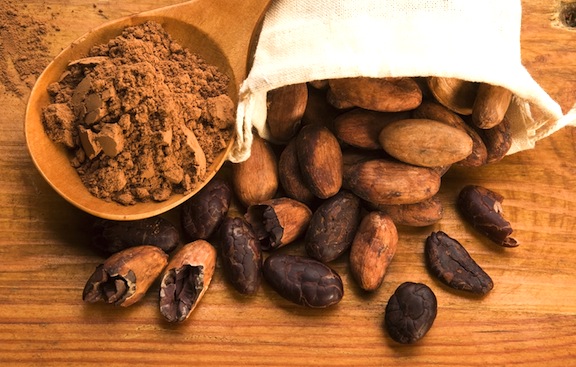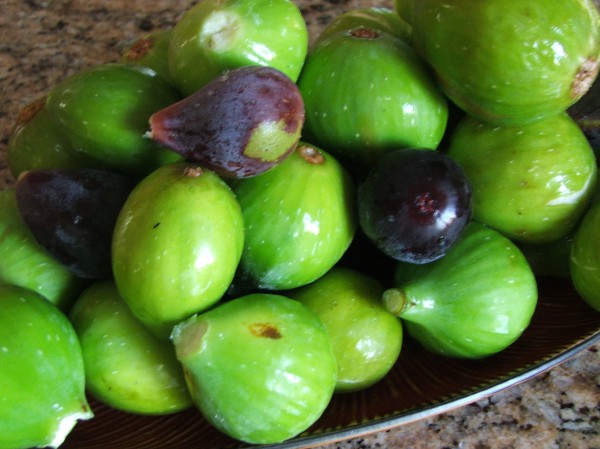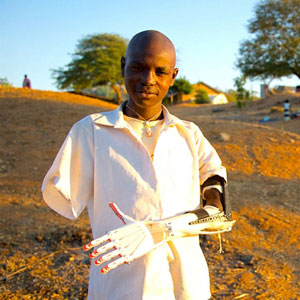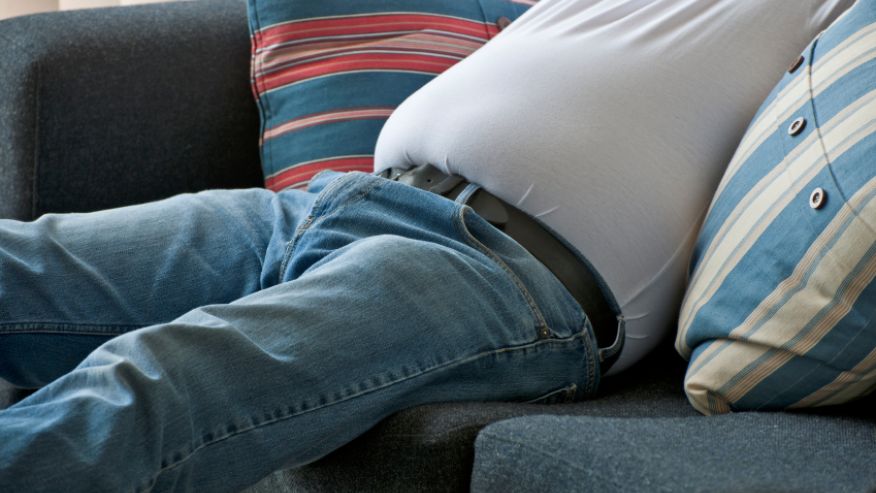Cocoa products are very popular throughout the world. Whether it is eating a high-quality chocolate for a decadent snack or chocolate sauce added to the dessert of the evening, cocoa often tops the list of favorite foods for people across the globe. Many people do not realize that cocoa offers significant health benefits that can help them rationalize those times when they indulge in their favorite food, even if they are not supposed to do so.
Amazing antioxidant properties
A great body of evidence suggests that cocoa beans contain a hefty amount of antioxidants. Some researchers have put that amount at about a 10 percent concentration. This concentration is said to be greater than many common foods that are prized for their antioxidant properties. For example, cocoa beans contain 621 antioxidants, while wild blueberries contain 61, and domestic blueberries contain 32. Cocoa beans also contain three times the antioxidants that green tea has and twice the amount found in red wine.
A natural antidepressant
Cocoa beans contain enzymes that are known to combat depression. Serotonin, dopamine and phenylethylamine (PEA) are used by the body to promote positive mental health and a sense of well-being. In addition, cocoa also contains other enzymes that are designed to help these feelings of happiness last longer.
Good for heart health
Cocoa beans contain significant amounts of polyphenols which are good for the cardiovascular system. Researchers have uncovered evidence that this element could reduce blood pressure, increasing the health of the heart. Magnesium is another element that is vital to good heart health, as it increases the strength of the heart and improves its health. Magnesium also helps reduce the risk of blood clots. Blood clots are one of the risk factors associated with strokes and heart attacks.
Boost energy
Having a cup of hot cocoa gives a person the same energy-boosting results as a comparably sized cup of coffee without the coffee crash that is often experienced after its consumption. This is because there are fewer stimulants in cocoa beans than there are in coffee beans. In addition, consuming cocoa helps relieve anxiety.
Lose weight
Though it can sound paradoxical, eating cocoa beans might help people lose weight. Currently, researchers are studying the effect that cocoa consumption has on improving sensitivity to insulin. Studies are currently underway that focus on studying the link between obesity and a sensitivity to insulin, with some scientists believing that this connection could help support a person’s efforts to lose weight.
When choosing cocoa beans to consume for health, it is best to choose a high-quality dark chocolate. It should contain at least 70% cocoa, no dairy products and should be made from cocoa butter. This type of chocolate is more easily consumed when compared to the bitter cocoa beans.
Source: natural news












